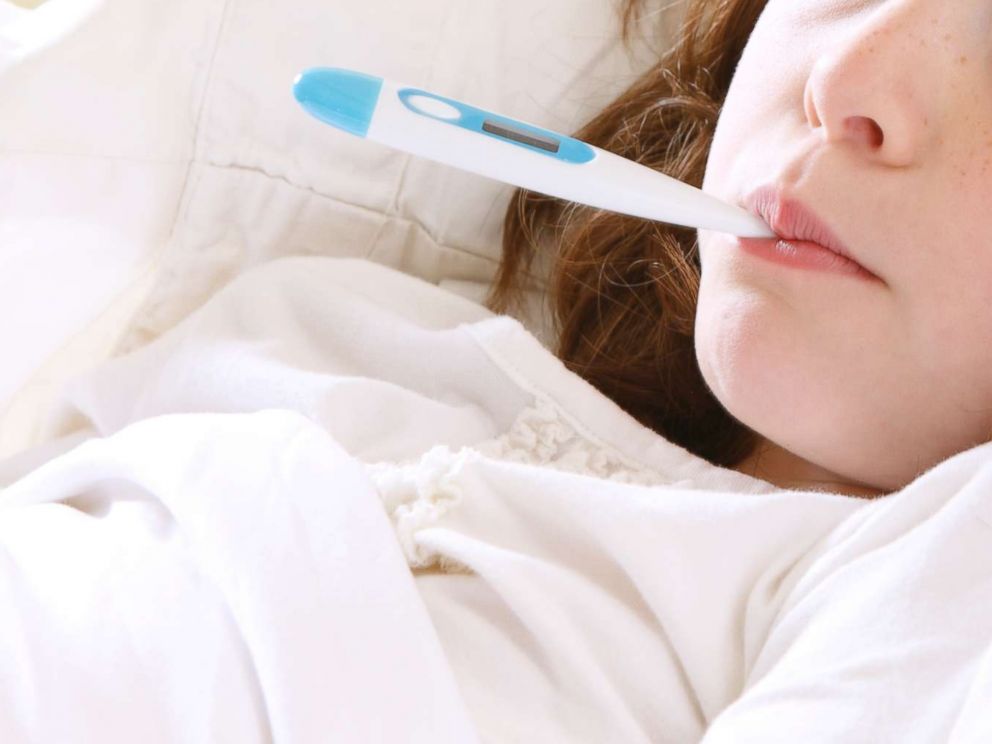If you try on shoes barefoot, can you get a life-threatening infection?
It turns out that this may have already happened, according to recent reports, which illustrate the dangers of sepsis.
The story centers around a 4-year-old girl in the UK who was hospitalized for five days with sepsis. A sometimes deadly whole-body infection, sepsis is a byproduct of particularly toxic germs or viruses entering the body, usually through a wound.
In this case, the girl’s mother noticed that she had become ill about a day after back-to-school shopping, during which time the young girl tried on new shoes without socks. It’s believed the bacteria entered her body through a cut on her feet.
The good news: The daughter was able to recover from the infection, and she’s no longer in the hospital. However, questions still linger about how a seemingly harmless activity like trying on shoes could cause a severe infection in a child. So here’s what you should know about sepsis.
What is Sepsis?
Sepsis is your body’s response to an infection, and it usually includes a fever, increased heart rate and heavier breathing, and changes in blood pressure. Your body also launches the immune system into defense mode, which may lead to other symptoms like a rash, redness and swelling, warm skin surrounding the affected area and even discharge (pus) from a wound. It’s much different from infections like the common cold because it involves multiple body systems — it’s not just a cough and a runny nose — and it can worsen in a matter of hours.
What causes sepsis?
Sepsis is caused by an infectious agent, whether it’s bacterial, viral, or fungal, entering the body. In order to be diagnosed, doctors usually need to know how it got into the body, and it’s not that hard to find out. It’s likely that, for this girl, there was a cut or scrape on her foot, which acted as an entry point. If left untreated, a typical skin infection can become more serious, triggering a total body response.

Who is at risk?
Sepsis can occur in anyone; children, adults, and the elderly all face a risk, although the symptoms may vary by age. Some kids might face a greater risk of developing an infection and sepsis as well, namely diabetics, burn victims, kids on medications that suppress the immune system (like steroids or cancer drugs) and those with genetic conditions that make infections more common (such as sickle cell disease, congenital heart disease, congenital immune deficiencies, and certain childhood cancers).
Does it require hospitalization?
Yes. It’s important for sepsis to be treated rapidly in order to ensure the best possible outcomes. Sometimes, the body’s response can be so severe that it requires intravenous antibiotics and fluids. In some cases, medications might be necessary to improve blood pressure, while other cases might require surgery to slow or eliminate the infection. The most severe cases, known as septic shock, can lead to multiple organs failing, and ultimately death. These circumstances require an intensive care unit, and recovery times will often vary.
If you suspect that your child has an infection or that they’re displaying symptoms of sepsis, do not wait — bring them to the nearest emergency department for an evaluation. Acting immediately is crucial to stopping an infection from harming your child.
Dr. Italo M. Brown is an Emergency Medicine Physician and writer with the ABC News Medical Unit.
Source: Read Full Article





